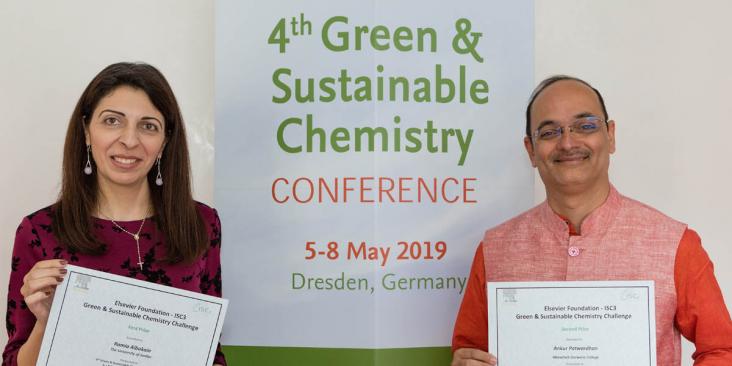A growing movement of conservationists proposes to stem biodiversity losses by setting aside half of Earth's land as an interconnected global conservation reserve.
Insect populations are declining even in protected areas, but the underlying causes are unclear.
Rising demand for renewable resources has increased silage maize (Zea mays L.)production characterized by intensive soil management, high fertilizer and pesticide inputs as well as simplified crop rot

This article highlights the winning proposals of the fourth edition of the Elsevier Foundation Green & Sustainable Chemistry Challenge. The winning proposals were chosen for their innovative green chemistry aspects and their large positive impact on the environment, contributing to SDGs 6, 13 and 15.
The Sustainable Development Goals and the Paris Agreement, as the two biggest climate action initiatives, address the need to shift towards a fully sustainable energy system.
This viewpoint reviews key assessments from the IPCC Special Report on Global Warming of 1.5 °C and examines the implications for the Sendai Framework for Disaster Risk Reduction (SFDRR).
At the 21st session of the United Nations Framework Convention on Climate Change (UNFCCC, COP21), a voluntary action plan, the ‘4 per 1000 Initiative: Soils for Food Security and Climate’ was proposed
Metal halide perovskite materials have revolutionized the solution-processed solar cells and become the vanguard of research focus with an unprecedented improvement of power conversion efficiencies up
Falling prices and significant technology developments currently drive an increased weather-dependent electricity production from renewables.
